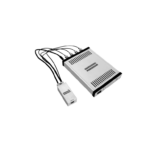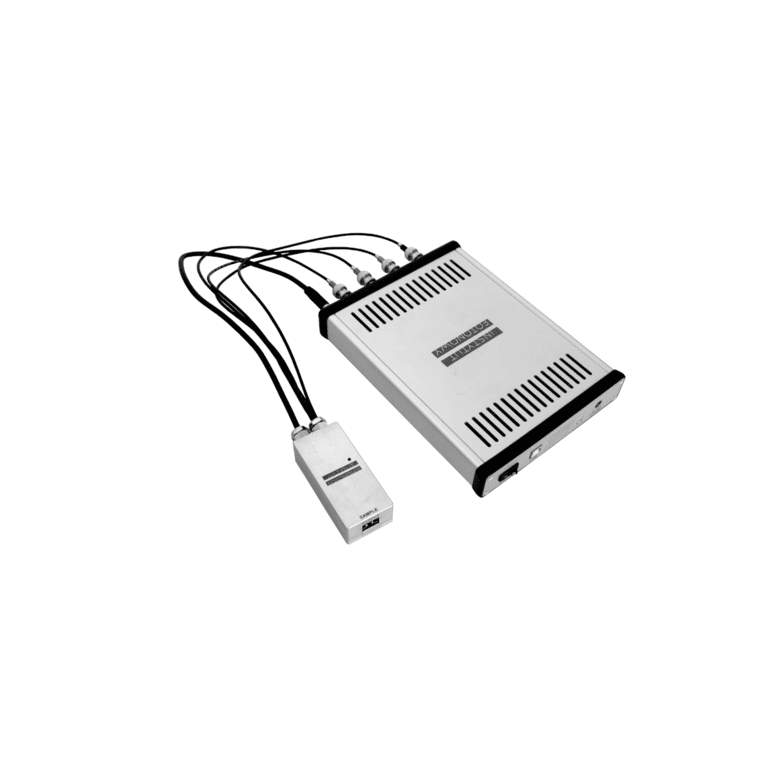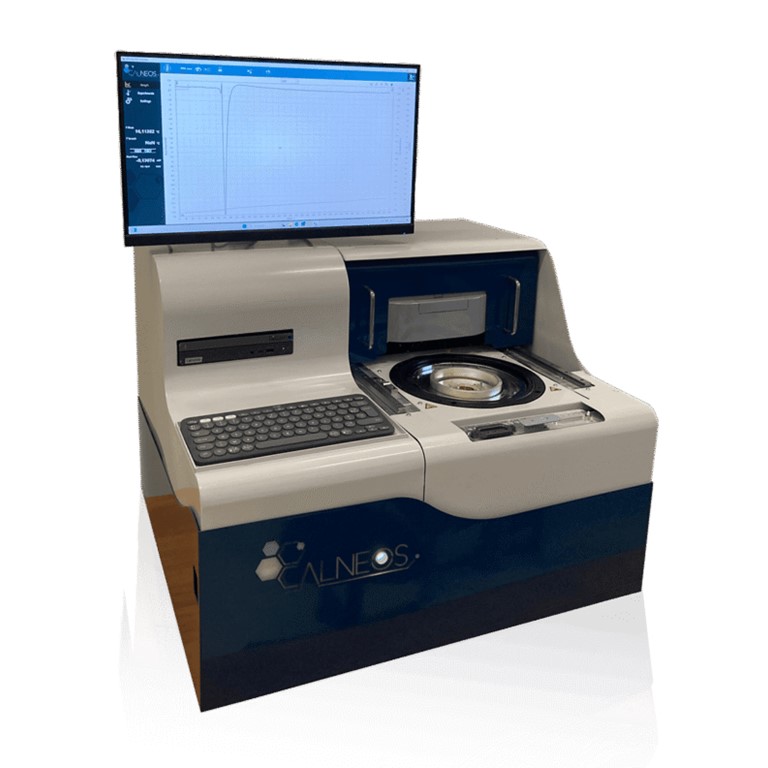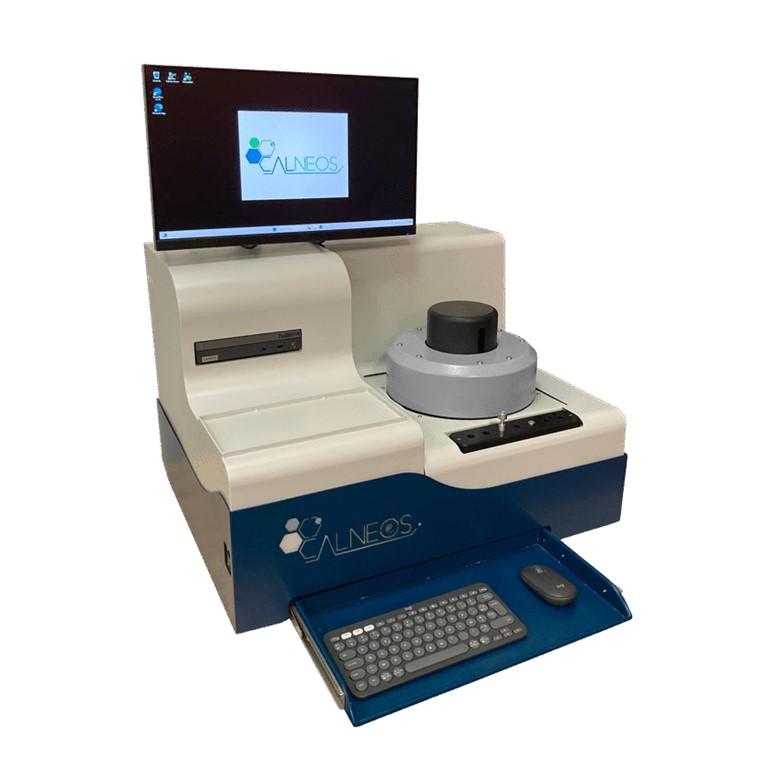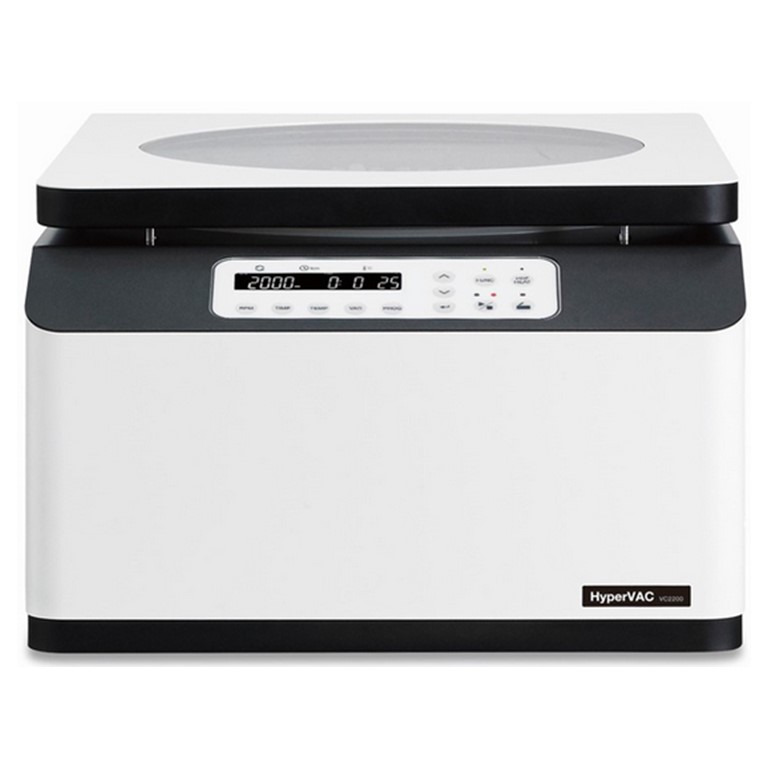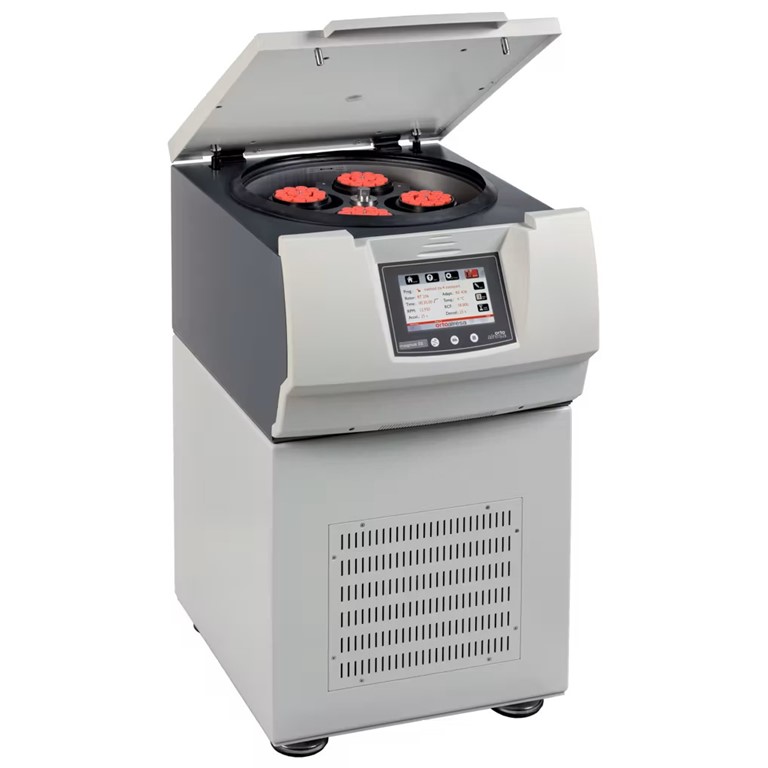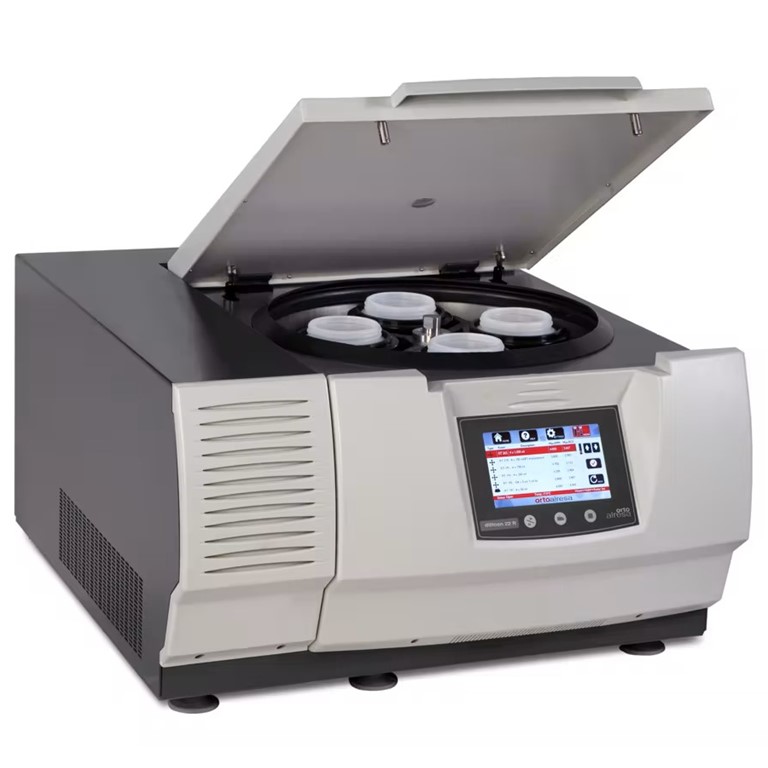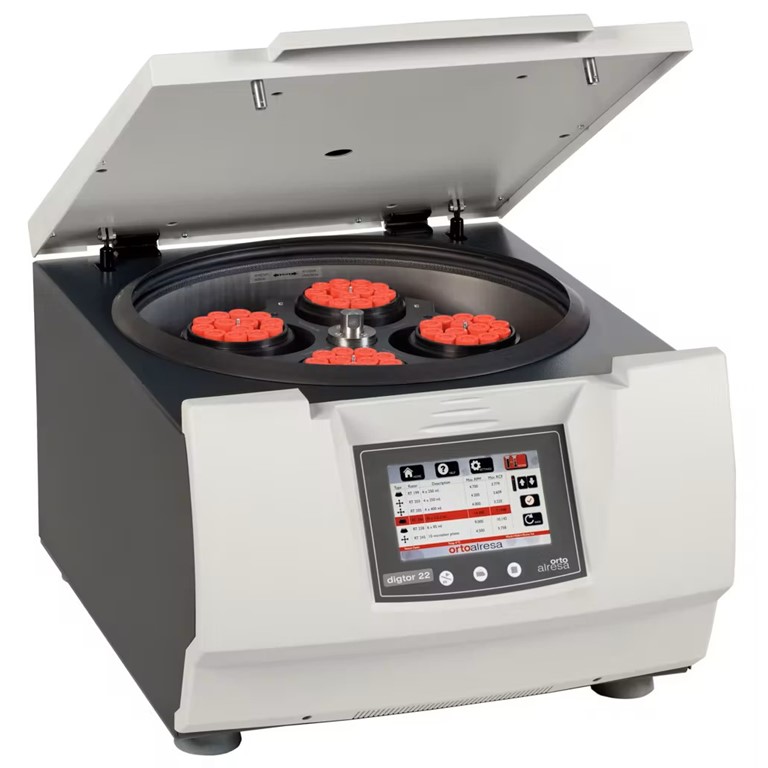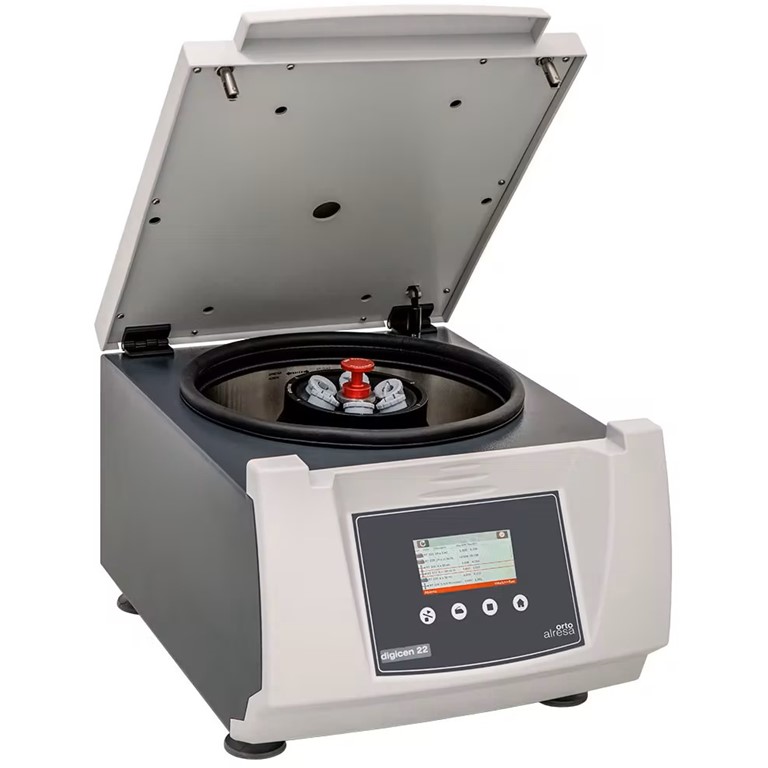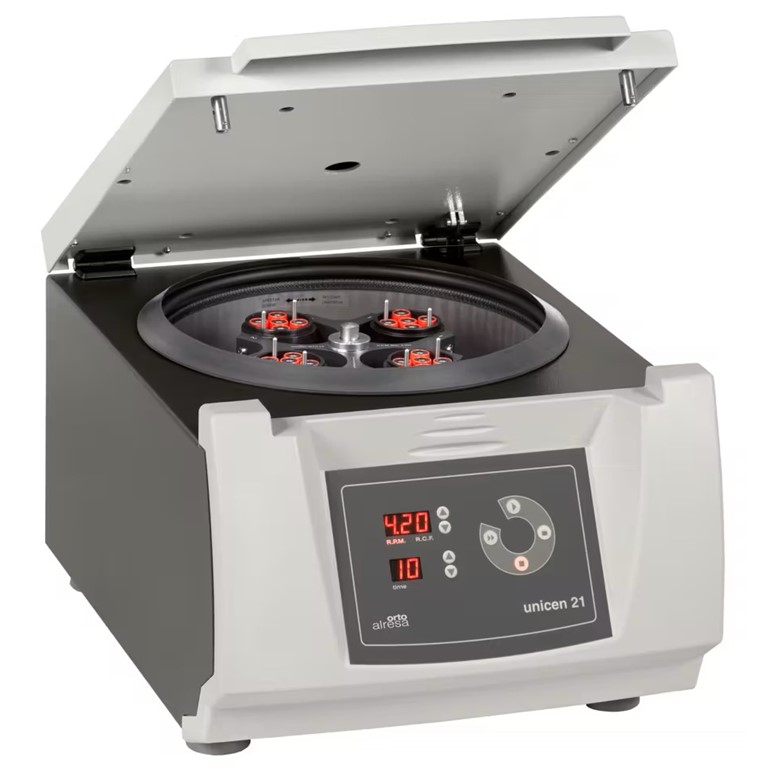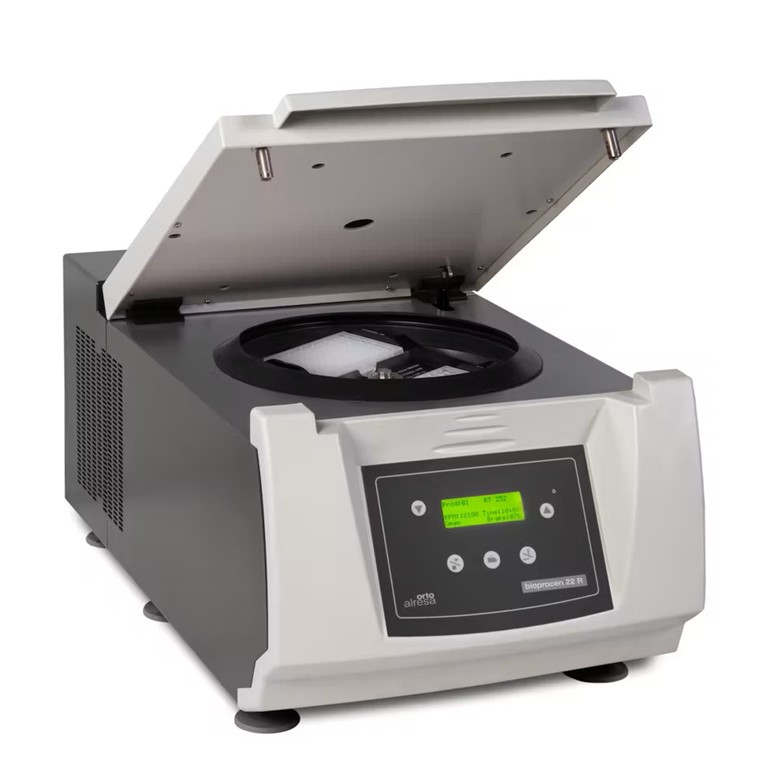Αναλυτής Φασματοσκοπίας Εμπέδησης με Χρονική Ανάλυση (Time-Resolved Impedance Spectroscopy Analyzer)
Υψηλής ταχύτητας εργαλείο για την παρακολούθηση της εξέλιξης της εμπέδησης στον χρόνο, με καταγραφή ολόκληρου του φάσματος συχνοτήτων σε μία μέτρηση.

 Time-Resolved Impedance Spectroscopy Analyzer
Time-Resolved Impedance Spectroscopy Analyzer
The instrument is designed for Time-Resolved Impedance Spectroscopy. Typically, when Impedance Spectroscopy measurements are performed, impedance of a sample is measured subsequently for each frequency applied. However, if a dynamically changing sample is examined, its properties may significantly change during the frequency sweep. A resulting impedance spectrum might be hard to interpret in such a case. The Time-Resolved Impedance Spectroscopy Analyzer takes an entire frequency spectrum with selectable sweep limits in a single shot. All the frequencies are handled at the same time. To observe the time evolution of a sample, many frames may be recorded with a given time interval. The instrument enables investigation of the dynamics of different types of samples, such as electrochemical sensors, materials that change their properties when exposed to a given agent (light, temperature, catalyst, etc.) and others.
The instrument measures current flowing through the sample and voltage on the sample in response to a voltage signal generated as a superposition of frequencies.
Classic Impedance Spectroscopy (IS) or Electrochemical Impedance Spectroscopy (EIS) assumes that a sample is linear and time invariant (LTI).
However, most electrochemical samples are notoriously both: non-linear and have memory.
⬛ Non-linear effects
Thus, you can explore the following non-linear effects in your sample:
- Higher harmonics generation
- Intermodulation (when two input frequencies result in a third frequency at the output)
- Electric current rectification (when resistance/impedance of a sample in one direction differs from the resistance/impedance in the other direction of current flow)
- Superposition breakdown (superposition of input frequencies is not preserved in the output)
⬛ Sample memory effects
- Time evolution of impedance spectra of a sample under stable ambient conditions reveals if previous measurements affect the next.
⬛ Presentations of results
The measurement results are presented in:
- 3D Nyquist (Argand) plot in time
- Bode plots in time
- Time evolution plot of an impedance at a given frequency contained in the generated signal
- Difference plots to observe relative changes in time
- Plots with raw current and raw voltage frames collected
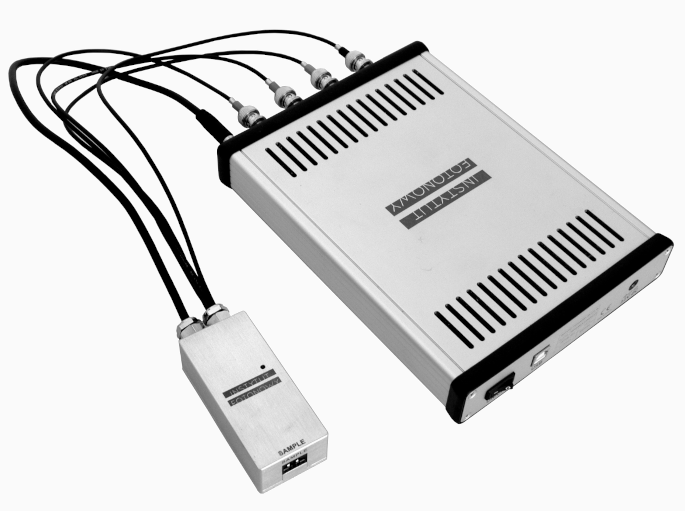
Applications
The Time-Resolved Impedance Spectroscopy Analyzer is ideal to observe the real-time development of impedance of electrochemical sensors. This type of measurements is complementary to static photocurrent/photovoltage measurements performed, for example, with Photoelectrochemical (PEC) Measurement Station.
Device Modules
⬛ The instrument consists of:
Measurement electronics module
Measurement head: Basic/Electrochemical
12 V power supply

⬛ Time-Resolved Impedance Spectroscopy Analyzer for electrochemical measurements
Time-Resolved Impedance Spectroscopy Analyzer combined with the Electrochemical Head and the Electrochemical Shielding Box serves as a measurement setup dedicated for the electrochemical samples that need to be screened from the ambient light and external EM fields.
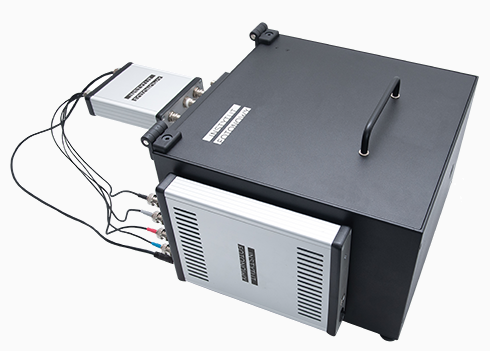
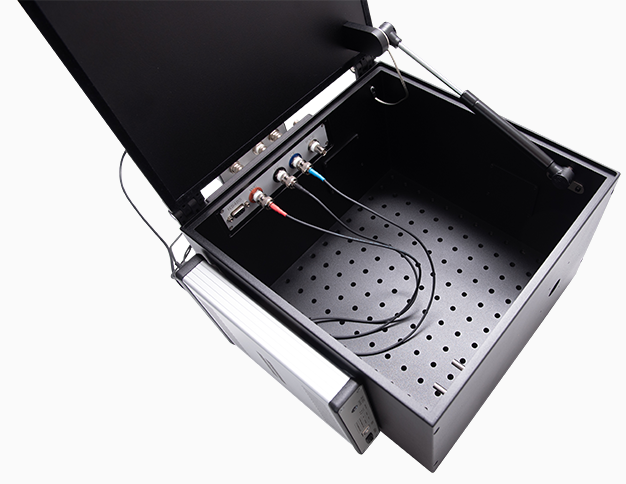
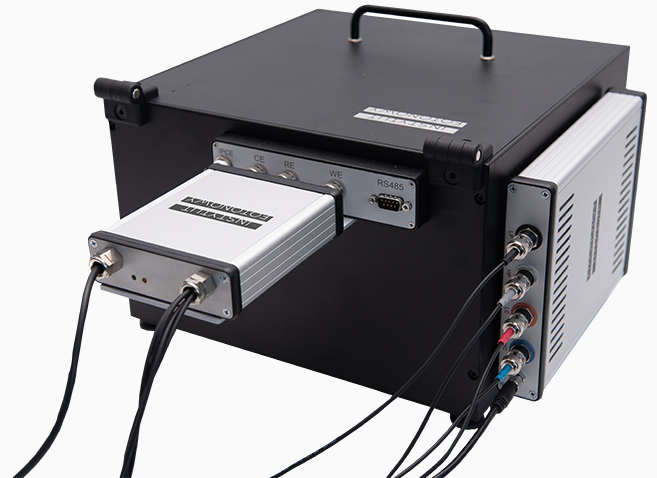
Specifications
⬛ Time-Resolved Impedance Spectroscopy Analyzer
- Number of frames in a sequence: unlimited
- Number of frequencies in a frame: unlimited
- Range of generated potential signal: -1 ÷ 1 V
- Measurement Head types: Basic (Two-Electrode) / Electrochemical (Three-Electrodes)
- Sampling rates: 1.22 kHz ÷ 10 MHz
⬛ Basic Head
- Current ranges: 10 mA, 1 mA
- Frequency ranges: 1 mHz ÷ 1 MHz
⬛ Electrochemical Head
- Current ranges: 1 mA, 100 μA, 10 μA, 1 μA, 100 nA, 10 nA
- Bandwidth ranges: 2.5 MHz, 1.3 MHz, 300 kHz, 35 kHz, 3 kHz, 300 Hz

